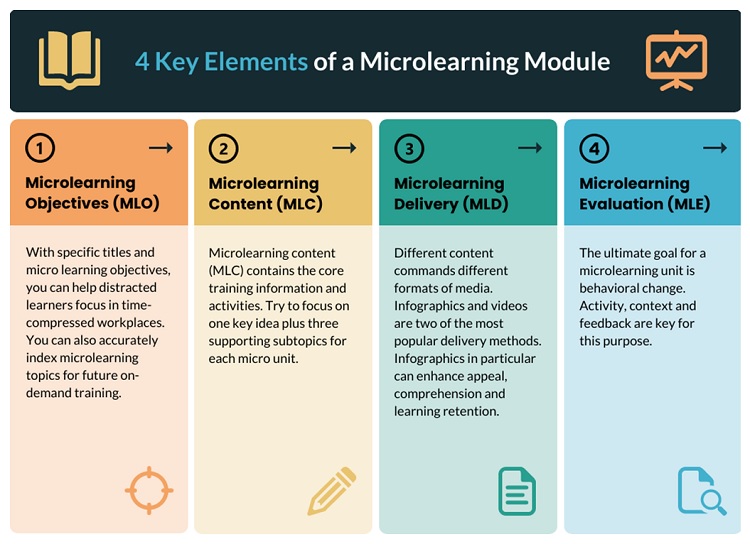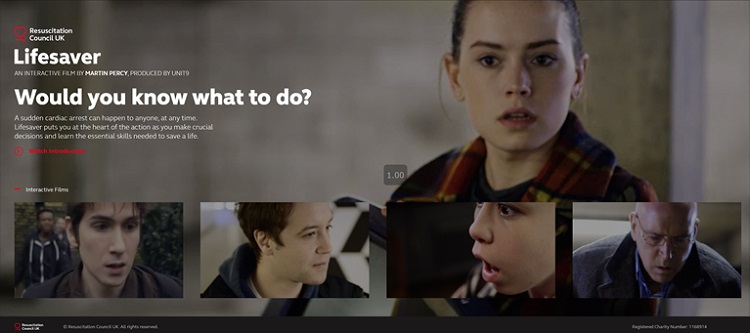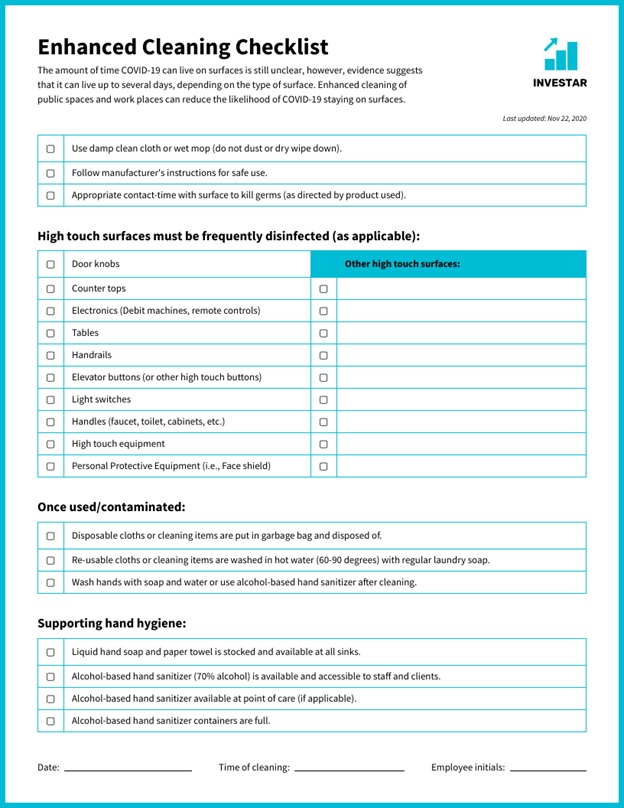In the current pandemic, environment, health, and safety (EHS) have become bigger priorities than ever before. As a result, businesses are working hard to ensure employees remember new rules and operating procedures to ensure safe working conditions.
This is why training retention has become so important. Employee training is only one part of the process—it’s only effective if workers retain what they learn long term.
How does training recall work? And does it help companies retain employees? This article answers those questions.
What Is Training Retention?
Before determining what makes learning effective, how can employee training retention be defined?
This is the process by which knowledge is transferred from short-term memory to long-term memory, thus making it possible for a learner to recall the information well after the training session.
Retention is the crux of any learning process. Every team training program takes time and effort to set up—if learners forget what they’ve been taught after the session, that is a lot of hard work down the drain.
Training teams need to create programs that not only instill knowledge into employees but also ensure they retain that information for use during work.
Does Training Improve Employee Retention?
The goal of employee training isn’t only to improve knowledge—it’s a valuable tool for slowing down employee turnover, especially in the EHS field, which is a high-stakes environment and stressful for employees.
Training can reiterate the value employees bring to the company and reinforce their ability to help the company grow. Additionally, training boosts employees’ existing skills, allowing them to develop within the company.
There are numerous advantages to using training for employee retention in the EHS arena, which is why designing visual training programs is so important.
How Can Visuals Improve Employee Training Retention?
Several strategies over the years have been used to boost learning retention. But visuals have consistently been the most effective for training retention.
According to the Visual Training Alliance, the human brain processes visuals 60,000 times faster than text, and 65% of people are visual learners.
Visuals need to be incorporated into learning strategies and online programs to improve employee retention training, especially in areas like EHS where principles and guidelines are constantly changing depending on the circumstances.
Here are the top five techniques for using visuals to improve long-term learning retention.
1. Remember: Less Is More
As noted earlier, training programs take a lot of effort to design and implement. It can be tempting for trainers to pack in as much as possible in one training session. But this can result in poor learning recall.
Too much information shared in a short period can be confusing for learners, leading to a loss of the knowledge they gained.
On the other hand, smaller, bitesize learning sessions are more effective for training retention—for example, microlearning, the process of creating shorter sessions that span days, weeks, or months.
Not all the information is shared at the same time; it’s instead staggered, drawing the learners back into the learning environment before they have time to forget, as the following graphic explains.
Using the microlearning method, trainers can create objective-focused learning modules that elaborate on one single idea instead of several.
Delivery of these microlearning modules happens on multiple visual platforms for ease of access, which leads to consistent learning and development.
Most online learning platforms will include options for trainers to develop microlearning sessions.
2. Build a Narrative
Learning needs to exist within some context or employees won’t understand what they are learning or why.
Building a visual narrative around learning modules will improve the employee retention training program by putting employees in a scenario in which they and the company work together.
A scenario-based learning program is crucial for EHS employees—their work relies on imagining potential health and safety situations and determining the best course of action before minor issues become full-scale problems.
Additionally, taking a storytelling approach when creating training modules makes it easier for learners to remember what they have been taught.
It is important to remember that the stories are not the goal of the program—they are meant to facilitate learning. An overly convoluted or detailed story can be engaging, but it can also derail the goal of the training session.
Develop a narrative that will give EHS employees a practical idea of how to implement what they have learned.
3. Encourage Active Participation
Interactivity is a huge part of training and employee retention. If learners aren’t engaged in the training process, they are less likely to recall what they learned.
Visuals like infographics, GIFs, charts, graphs, and videos can keep learners engaged in a subject more than text can, like on Lifesaver’s website.
Not all trainers are adept at creating visuals, but there are online tools like video editing apps or graph makers that will make the process easier.
Active participation also invokes the idea of gamification, whereby learners are given goals to achieve, asked to work together to achieve those goals, and rewarded for achievements.
It helps make learning a regular activity that is enjoyable and effective and that increases training retention.
4. Practice Makes Perfect
The adage “practice makes perfect” is a necessary component of employee training retention. The one-and-done model doesn’t work in learning—there needs to be some repetition for learners to recall everything they have learned.
This does not mean rote memorization of the training materials. Instead, trainers can design job aids, like the cleaning checklist at right.
A training session for health and safety teams can teach them the essentials of the cleaning process, but having a visual reminder will help them retain the information over time.
A similar effect can be achieved with video walk-throughs on YouTube, though these aren’t as easily accessible as a job aid.
5. Highlight Real-World Applications
At the end of the day, programs need to be relevant to real-world circumstances. Training materials should include images of real people and places—illustrations can do the job, but they create a barrier between the learner and the business’s customers.
Recreating situations for video or a visual presentation can also help to connect learners with real-world situations.
Because more training programs are being delivered online, video calls can be used to simulate on-the-job events.
For employee retention training and development to be successful, learners need to be able to see themselves in practical situations instead of having to imagine a scenario. This will make the learning experience more motivating and effective.
Make Training Retention Effective with Visuals
Training retention and, as a result, employee retention can be possible with programs that are interactive and heavily visual and that ground learners in the real world.
It’s important to remember that human beings learn visually—they’ll retain more information if they can see it.
But learning is also an ongoing process. Designing job aids that reiterate what has been taught in the training, video walk-throughs, and regular but shorter training modules all help retention.
As the working world becomes more remote, EHS companies should invest in online tools and services to implement these training modules so their employees can learn faster and better.
 Ronita Mohan is a content marketer at Venngage, an online infographic maker and design platform. Mohan regularly writes about marketing, design, and small businesses. Ronita Mohan is a content marketer at Venngage, an online infographic maker and design platform. Mohan regularly writes about marketing, design, and small businesses.
Twitter: @Venngage |




